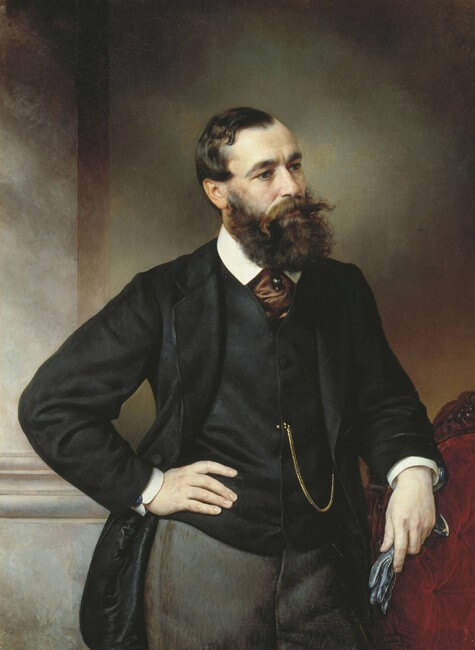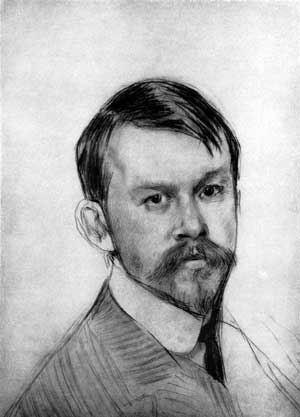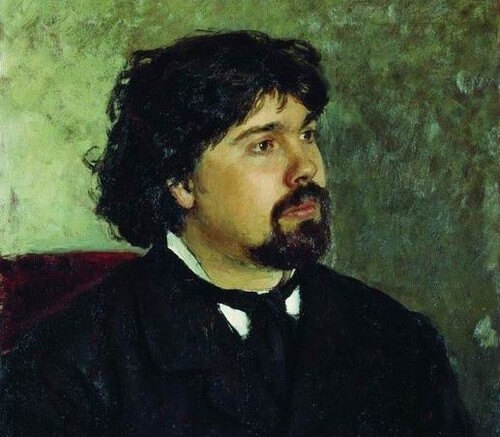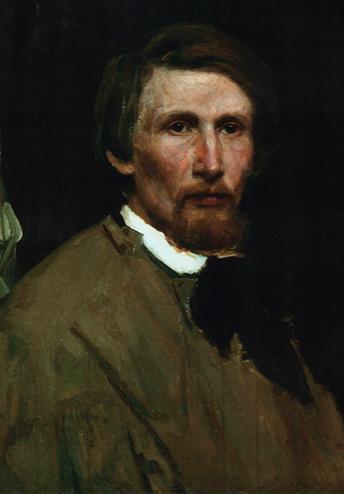Ivan Konstantinovich Aivazovsky - biography and paintings
Aivazovsky Ivan Konstantinovich (birth name - Hovhannes (which is the Armenian for John Ayvazyan) was born on 07/17/1817 in the Crimean city of Feodosia, in the family of a tradesman of Armenian origin Gevork (later Konstantin) Ayvazyan and his wife Hripsime. After moving of his father to Feodosia, he began to put the surname as "Gaivazovsky", and later, when studying in Saint Petersburg, the future remarkable marine painter used the Aivazovsky surname. There were five kids in their family: two sons and three daughters.
After the epidemic of plague which occurred in 1812, the family went bankrupt, even though they were doing quite well before. However, despite financial issues, the talented boy learned to play the violin on his own, and his father supported his urge for drawing. In addition, Aivazovsky was patronized by Y. Kh. Kokh, the Feodosia architect, who provided the young talent with the art materials enabling him to draw. He subsequently recommended Ivan Konstantinovich to the local town-planner A.I. Kaznacheev, under whose favour the young artist entered the Simferopol gymnasium.
Education
In 1833 the future marine painter traveled to St. Petersburg to enter the landscape class led by M. Vorobyov.
After getting awarded with silver medal for two paintings, Aivazovsky had a chance to work with the fashionable marine painter of that time F. Tanner. Despite being not allowed to write the paintings independently, Aivazovsky continued to work on landscapes and in 1836, having submitted five of his pictures at the exhibition held in the Academy of Arts, he received the favor of critics. But, as a result of the Tanner's complaint against his disobedient student to Nicholas I, all of Ivan Konstantinovich's pictures were removed from the exhibition. The artist was forgiven only six months later, and subsequently sent to study with A.I. Sauerweid, who specialized in naval painting.
In 1838-1844, the artist traveled a lot, continuing to work on the improvement.
His journey commenced in the Crimea, where he spent two years in Circassia, taking part in the military operations on the coastline and painting battle canvases. This was where Aivazovsky sketched his "Landing in the Subashi" - the painting subsequently acquired by Nicholas I. The emperor admired with Ivan Konstantinovich's talent and was willing to utilize his services to create paintings depicting the feats of the Navy.
In 1839 Ivan Konstantinovich returned to St. Petersburg to complete his education at the Academy and obtained a certificate. In the meantime, he was granted the nobility, and began liaising with M. Glinka and K. Bryullov.
Career and creativity
Since 1840, the artist traveled across Italy, where he was apparently successful: the canvases sold very well, and he received gold medals from Pope Gregory XVI and the Academy of Arts in Paris. That is how he became famous in Europe.
In 1842 he visited England, France, Portugal, Switzerland, and Spain, and this could cost him his life when he got in a storm and the ship was about to drown.
For Aivazovsky, the year of 1844 was marked with joining the Main Naval Headquarters as a painter, and this gave him the right to wear the naval uniform.
In 1847 he was granted with a professorship not only in Saint Petersburg, but also in other major European cultural capitals, such as Rome, Florence, and Paris.
Even though Ivan Konstantinovich had proven himself as a brilliant marine painter, the scope of his interests was not limited to marine works. He wrote perfect portraits, created a "Wealth of Russia" series, made of four paintings, for which he got rewarded with an order by the Legion of Honor. He was fond of the archeology and used to supervise the excavations. In 1892, he took the initiative in building the railroad.
In 1880 Aivazovsky founded a gallery in his own house, which was subsequently bequeathed to the city.
In addition, during the artist’s active time, his paintings ended up in many popular museums, they are present in the Tretyakov Gallery, the State Russian Museum, the National Art Gallery of Armenia, in Peterhof and in the Central Naval Museum.
Family life
Aivazovsky married the Englishwoman Yulia Yakovlevna Grevs in 1848. The marriage produced four daughters. In 1877 the marriage was annulled due to artist’s physical violence over his spouse.
The second time, Ivan Konstantinovich married A.N. Sarkisova-Burnazyan (born in 1856). Aivazovsky believed that marrying her did help him "take up with his nation".
The artist passed away in 1900 at the age of 82 and, as per his own will, he was buried in Feodosia on the territory of the Armenian church, which he had once painted with frescoes, called Surb Sarkis.
Comments (0)
Top
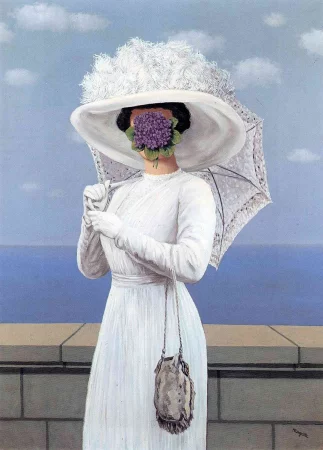 Painting The Great War, Rene Magritte - Meaning and Analysis
Painting The Great War, Rene Magritte - Meaning and Analysis
The Great War - Rene Magritte. Canvas, oil. 81 x 60 cm...
10.10.23
1 480
0
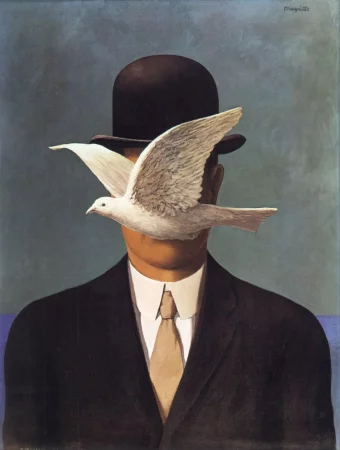 The man in the bowler hat, Rene Magritte
The man in the bowler hat, Rene Magritte
The man in the bowler hat - Rene Magritte. Canvas, oil. 70 x 50 cm...
06.09.23
3 254
0

